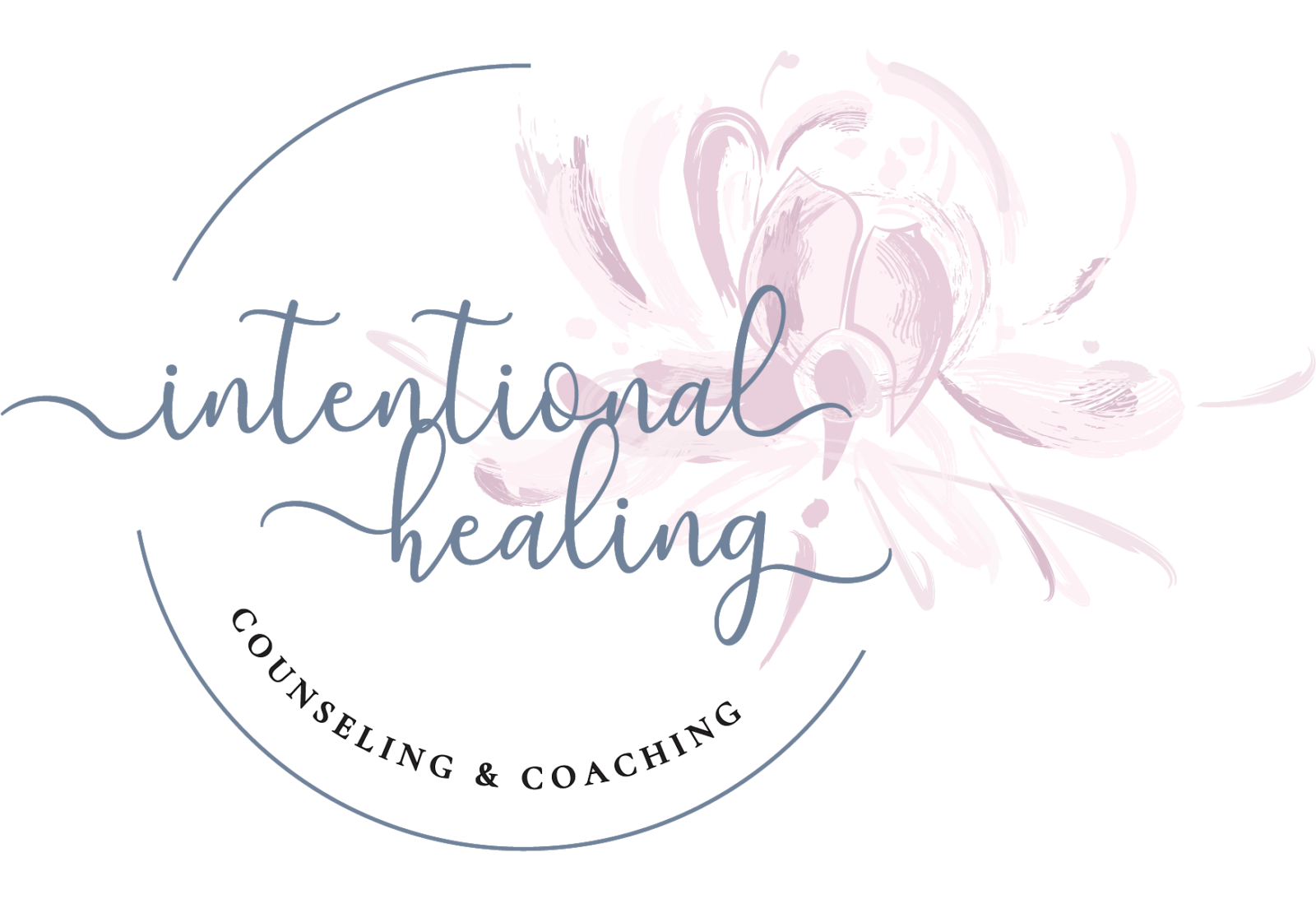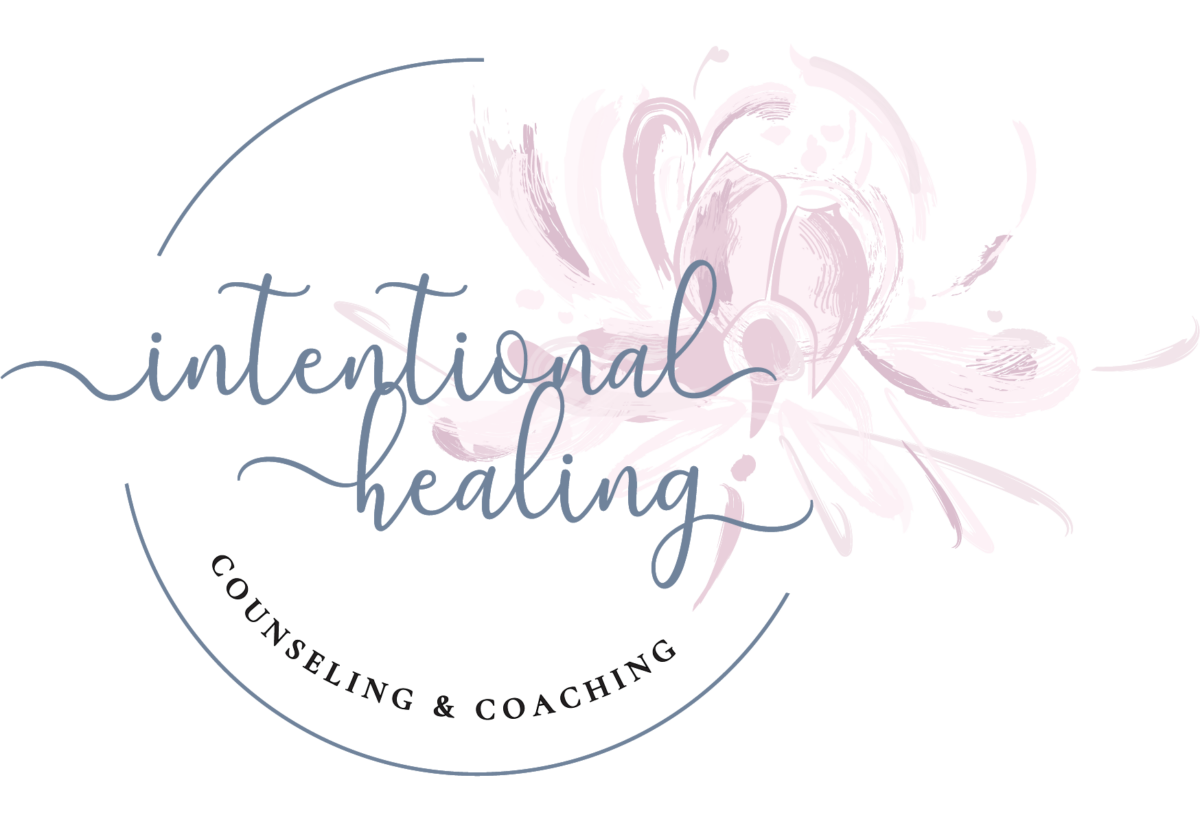Anxiety disorders are often brought on by stress. Anxiety can cause feelings of trepidation, dissociation, and downright uncomfortable physical symptoms. Many people suffer from anxiety that is unrelated to any specific circumstance or object, but rather produces ongoing symptoms seemingly at random. This is called generalized anxiety disorder, or GAD, and it is the most common type of anxiety disorder in the U.S. Often times an emotion, sensation, thought, image, or even smell from past painful experiences can elicit these uncomfortable states within our being without our being consciously aware of why we are now feeling anxious. For some, this uncomfortable state of being causes not only physical discomfort, but mental disarray: it’s not uncommon to get lost in “what ifs” of the future, which take us away from living in the present moment.
When feelings of fear become very intense or come on suddenly and feel overwhelming, without any specific cause, this is called panic. This fear reaction, at both low levels of anxiety or high levels of panic, as explained above, is experienced in the body causing us to feel all the physical sensations emerging in our present moment. Muscles tighten and constrict, our heart can start pounding, breath can become strained, and we may even feel dizzy or faint. With anxiety, these physical sensations arise in reaction to a thought we are having or whatever was triggered, rather than the actual physical threat, like a tiger, in the room with us.
Anxiety can creep into our lives in so many ways, and before we are aware can lead us down a path of difficult, spinning mental messages or feelings in our body that feel like too much to handle. We can feel off kilter and really uncomfortable. It may keep us stuck and not wanting to interact with situations that may make those feelings even worse. When we are anxious, it might feel familiar: we may remember always feeling revved up in our bodies. Or it may be emerging as a new and unfamiliar state. Either way, we don’t have to live in anxiety. It is possible to live in a relaxed-muscle body and calm mind despite the difficult things we encounter in our day-to-day lives.
“When you change the way you look at things, the things you look at change.”
- Wayne Dyer
Did you know…
that anxiety is the most common mental health struggle in America? According to the Anxiety and Depression Association of America, anxiety affects 18 percent of the adult population in the U.S. But of the 40 million adults over age 18 who are suffering from anxiety, only about 13 million are actively seeking treatment or being treated. By failing to seek treatment, the other 27 million are gambling with their health and putting themselves at risk for developing depression.
Frequently Asked Questions
Could I possibly need treatment for anxiety disorder?
Anxiety can present itself in many different ways. These may include feelings of panic, trembling, heart palpitations, nausea, loss of appetite, feeling dizzy, or even a fear of dying. At times, these symptoms can feel like they can overtake your life. We are here to help. You may be diagnosed with an anxiety disorder, such as generalized anxiety disorder or panic disorder, if you experience symptoms for a period of six months or more. But don’t wait until that length of time has passed to ask for help. Anxiety disorder should always be treated in order to avoid worsening of symptoms or related disorders, such as depression.
“Every time you are tempted to react in the same old way, ask if you want to be a prisoner of the past or a pioneer of the future.”
- Deepak Chopra
What should I expect from anxiety disorder treatment?
You and I will work together to identify any triggers that may be causing your anxiety. This may include severe stress, a previous trauma, lifestyle habits or even underlying neurological conditions. Based on the cause of your anxiety, you begin a treatment plan designed to help manage your symptoms and improve your quality of life. Your treatment may include a combination of several types of therapy including but not limited to Mindfulness Based Stress Reduction (MBSR) techniques including meditation, breath work, and guided imagery, to name a few. We will focus on mind/body connection with somatic and parts work as well. Eye Movement Desensitization and Reprocessing (EMDR) is a great modality for easing symptoms of anxiety.
“People tend to dwell more on negative things than on good things. So the mind then becomes obsessed with negative things, with judgments, guilt, and anxiety produced by thoughts about the future and so on.”
- Eckhart Tolle
Are traditional or intensive sessions right for you?
- Weekly sessions are a good option if you want to take the healing process at a slower rate.
- They allow you to spread out the cost of care over the course of treatment.
- Sometimes weekly hour-long sessions are more manageable for clients than half-day, full-day, or weeklong intensive sessions. This will be assessed and discussed during the intake process.
- Therapy work potentially including EMDR work can be hard to pack into a traditional-length session. Once you have a weekly check-in and account for the time needed to close the session, little room is left for actual work.
- If your distress is significant, meeting for just one hour once a week could mean it takes a long time to heal your pain.
- Committing to a regular time each week in your schedule may be difficult, especially if you are busy or travel frequently.
- I will take stock of your weekly needs and how you would like to utilize your time. If new situations arise that need time to be addressed or processed, we will focus on them as much as you need to. Then we will use the remaining time to work on stated goals.
- We’ll also need time at the end of each session to make sure you’re able to contain your memories so that you feel relaxed when you’re outside the office.
- You have time constraints in your normal weekly schedule that make it difficult to commit to therapy on an ongoing basis.
- You have traumatic events impacting your daily life in a way that makes it too overwhelming to spread treatment out over weeks, months, and years.
- You wish to process early trauma that is stored in implicit or preverbal memory. This type of EMDR is much more suited for in-person sessions or a multi-day retreat setting due to the nature of the work.
- Intensive are designed to provide longer and more frequent therapy sessions over a shorter timespan in order to accelerate your recovery
- With intensive work, you can progress at a faster rate than you can with weekly sessions. Imagine the amount of work and healing that can be accomplished in a half day, full day, or three consecutive days (which equates to about 21 hours of highly focused treatment within a three-day period).
- You can address urgent needs in a dedicated manner instead of in a bits-and-pieces approach.
- In the long run, due to the efficiency of intensive sessions, you can save both time and money.
- Scheduling time for a single retreat may be more convenient if you have a busy schedule, kids to plan around, and travel or work commitments.
- Intensives are tailored just for you, so there are many different ways that they can be customized for your individual needs.
- Intensives may not be the right fit for everyone, just as weekly sessions aren’t the best fit for everyone.
- Some people with extreme cases of PTSD may feel overwhelmed by working through their issues for a prolonged period of time. In our assessment together, we can explore your individual needs and goals and see if intensive work feels like the best plan for you.
- Due to the varying options for intensives, they all look a little different. At your intake assessment, we will create an individualized treatment plan for intensive work.
- Generally, each two-hour block of focused work will be followed by a 15-minute break. We will do some resourcing, too.
- In our space, there is also room for trauma informed yoga, qi gong, and other body-based work. If you choose half-day, full-day, or multi-day options, you will be given retreat information about what to expect prior to starting.
- The complexity of your situation would be too overwhelming to process due to high levels of dissociation.
- If you are in an urgent crisis situation that requires stabilization or hospitalization.
- If you struggle with active substance abuse, suicidal ideation or self harm.
- If you feel forced into a therapeutic process not of your own volition.






